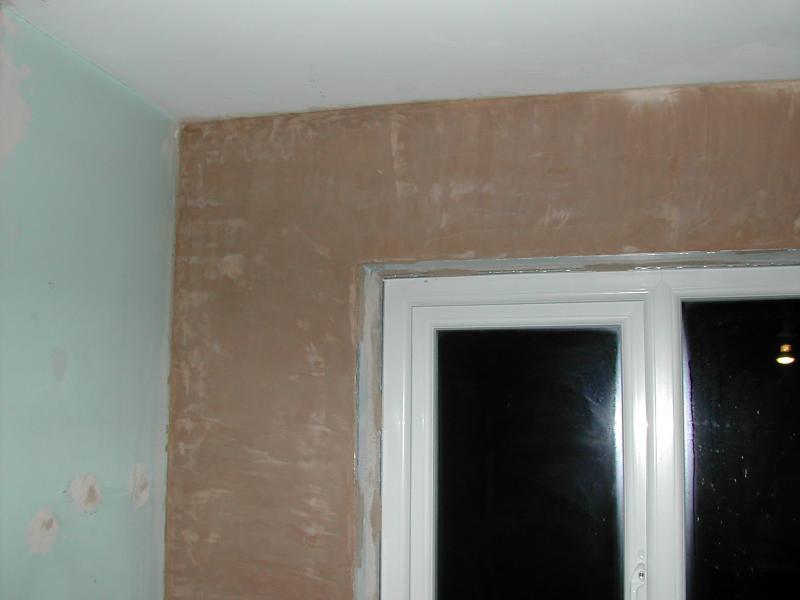- Joined
- 28 Oct 2005
- Messages
- 31,282
- Reaction score
- 1,998
- Country

Why do people throughout the plastering world think there is 'fat' in plaster?
Fat is an ingredient in cookery - not plastering.
Fat in plastering refers to 'surplus' as when you are talking about the 'fat of the land'. It doesn't refer to some ingredient that is added to the plaster after in comes out of the furnace.
So why do you do it?
Fat is an ingredient in cookery - not plastering.
Fat in plastering refers to 'surplus' as when you are talking about the 'fat of the land'. It doesn't refer to some ingredient that is added to the plaster after in comes out of the furnace.
So why do you do it?

